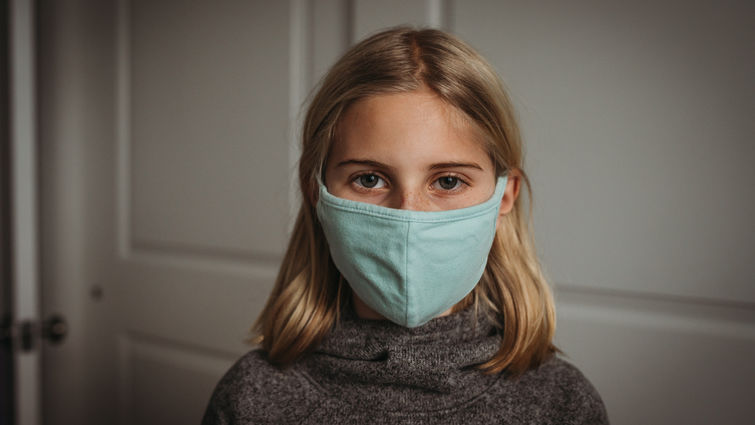

The importance of high-quality mask-wearing cannot be overstated in the ongoing battle against airborne threats like viruses, wildfire smoke, and environmental particles. Jennifer Veltman, MD, chair of infectious diseases, outlines the times to wear a mask in 2024.
Protecting the Vulnerable
Mask-wearing becomes a critical precaution for those at higher risk of severe illness from respiratory infections, including COVID-19 and influenza. This includes individuals with a history of breathing or lung issues and those with environmental exposures. Immunocompromised individuals are urged to consider high-quality mask-wearing consistently.
Flu and COVID Seasons
As flu and COVID seasons pose significant threats, deciding to wear a mask becomes paramount. Statistics reveal that masks lower a person's exposure to respiratory infections, making them effective in reducing the transmission of viruses like COVID-19, influenza, respiratory syncytial virus (RSV), and pertussis (whooping cough).
If you test positive for COVID-19, wearing a mask for 10 days is recommended, per COVID-19 isolation guidance. Additionally, consider using a high-quality mask if you believe you were exposed and will be in contact with someone at higher risk.
Immunocompromised Individuals and Loved Ones
For immunocompromised individuals and their loved ones, mask-wearing is not just a precaution but a lifeline. Those with weakened immune systems, chronic diseases, or cancer, along with older adults, pregnant individuals, those with disabilities, and residents of congregate care facilities, should prioritize mask-wearing, especially in indoor public settings with poor ventilation or during travel on public transportation.
Beyond Viruses: Environmental Threats
Mask-wearing extends beyond viral protection to shield against harmful environmental exposures. During instances of wildfire smoke or poor air quality, an N95 respirator is highly recommended to filter out harmful particles. In regions where Valley fever is prevalent, individuals working or spending time outdoors in dusty areas should wear a properly fitted mask approved by the National Institute for Occupational Safety and Health (NIOSH).
Read: Experts support this DIY project to protect your post-COVID-19 lungs during wildfire season
In the ongoing battle against respiratory viruses during flu and COVID seasons, mask-wearing emerges as a formidable ally. Read more flu-related stories here.


